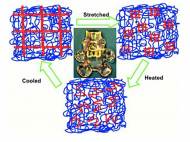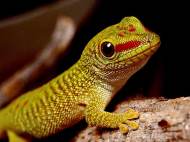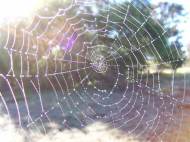Tech»
Novel advancements in hydrogels
 Hydrogels are gelatinous substances with several biomedical applications, including cartilage repair, implants for minimally invasive surgery and drug delivery. Most hydrogels are weak, brittle, and of low mechanical strength. They also exhibit limited extensibility, recoverability, and poor toughness. On the other hand, double-network hydrogels exhibit high mechanical strength, excellent recoverable properties, and a unique, free-shapeable… »
Hydrogels are gelatinous substances with several biomedical applications, including cartilage repair, implants for minimally invasive surgery and drug delivery. Most hydrogels are weak, brittle, and of low mechanical strength. They also exhibit limited extensibility, recoverability, and poor toughness. On the other hand, double-network hydrogels exhibit high mechanical strength, excellent recoverable properties, and a unique, free-shapeable… »











